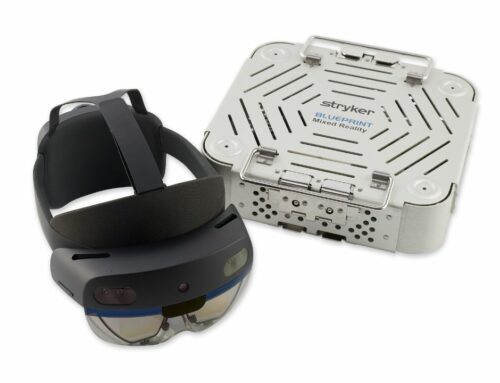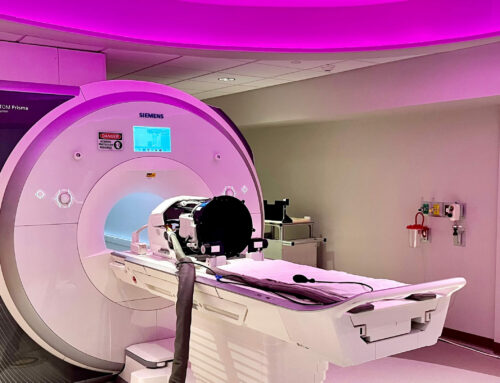By Ike Nnah, co-founder & CTO at IntelyCare |
The nation’s nursing professionals are feeling overworked, undervalued, and are leaving the profession in droves.
Before the pandemic, the annual turnover of internal staff at post-acute care facilities was at 128%. Now, with COVID-19 exacerbating lopsided nurse-to-patient ratios, insufficient training, and other issues that have plagued nursing professionals for decades, net thousands are departing every month.
Simply put, the skilled nursing space is in a full-blown staffing crisis.
As CMS and states put higher staffing ratio requirements in place – with reimbursement rates at stake – the post-acute care world would be wise to look toward the gig economy workforce strategies that have transformed e-commerce, transportation, delivery, and other industries.
With a gig model, individuals seek out work on their terms and employers hire based on their immediate needs. The most advanced – and effective – gig models employ data science to provide workers with flexibility in choosing when and where they work. For healthcare facilities, that means they can not only satisfy their staffing demands but do so in a way that keeps nursing professionals happier, healthier, and caring for those who need it.
Modern staffing deserves modern science
The pandemic presented a tipping point for many nursing professionals who were already feeling burnt out. The inflexible schedules and frequent mandatory overtime at healthcare facilities create a feeling of “always being on call” and drive a burnout rate among nurses that is rarely seen in other professions. While these issues are present in many walks of healthcare life, various sectors have been able to reduce staff attrition and improve the quality of patient care by embracing modern staffing and workforce management technology built around gig economics.
But for the long-term care space, it goes beyond the ability to flexibly bring on more staff. To effectively engage and place staff at the right place at the right time, facilities will need to leverage workforce management technologies that use data science and AI to drive prediction, pricing, and personalization models.
Prediction
Predictive algorithms can create shifts based on past patterns of schedules and accurately surface them to the right people. These algorithms can even predict when and where there will be last-minute shift needs to ensure that the facility gets staff at critical times. A predictive model can also reduce churn by identifying when a nurse is about to disengage and sending them a personalized intervention to re-engage.
Pricing
Pricing is one of the trickiest parts of healthcare staffing. The market for available nurses and shifts is constantly in flux – as are the rates for paying these workers. With data science informing a pricing model, a workforce management platform can intelligently segment markets and rapidly respond to changes. Dynamic pricing allows facilities to raise rates on the hardest-to-fill shifts and lower the prices of the easiest to fill. Doing so benefits the nursing professionals, the facility, and the patient. The Nursing professionals optimize their earning potential, facilities optimize their schedule, and in turn, floors are well-staffed, and patients get the care they deserve.
Personalization
Personalization is also key. Caregivers have clear preferences for shifts on certain days, at certain times. But you can’t show dozens of shifts on a phone at once and expect someone to dig for the right one. Using data to identify common attributes and behavior related to shifts, algorithms can give page-one positioning to those shifts that are most likely to be accepted.
Retaining nursing professionals by putting their needs first
When facilities are short-staffed and desperate to fill vacant shifts, they start issuing mandatory overtime. This of course drives burnout, creating a rotating door of full-time staff and further compounding the issue. So, they turn to staffing agencies to source additional employment.
Traditional healthcare staffing agencies, however, are only able to fill 10-15% of demand. Why? Because they lack the sophistication to provide the benefits that make the gig economy model so popular among today’s workers.
In a gig model, the rates for per diem nurses tend to be higher than a full-time person because of the needs that they’re filling. Many nursing professionals, particularly nursing assistants, need to pick up these additional shifts to supplement their income. But with staffing agencies requiring work on major holidays and weekends to stay active, this is a real challenge. It’s tough to enjoy the benefits of flexibility and an improved work-life balance when you’re being forced to work.
With a gig model that puts the needs and wants of nursing professionals first, everybody wins. Nurses get the flexibility and freedom to choose when, where, and how often they work. Facilities can optimize their workforce to maintain proper fill ratios while reducing burnout and turnover of their full-time staff. And patients get the quality and consistent care that they need.
 About the Author
About the Author
Ike Nnah is the Co-Founder and Chief Technology Officer at IntelyCare. Nnah spent over a decade as an IT executive, contract negotiator, and information systems specialist at some of Boston’s largest hospitals and healthcare organizations. Born into a family and community of nurses and entrepreneurs, Ike was inspired to build a platform to reimagine the working model for nursing professionals and improve patient outcomes. Now the largest digital nurse staffing platform in the United States, IntelyCare uses advanced machine learning and behavioral science to match nursing professionals with open assignments at its post-acute partners.













